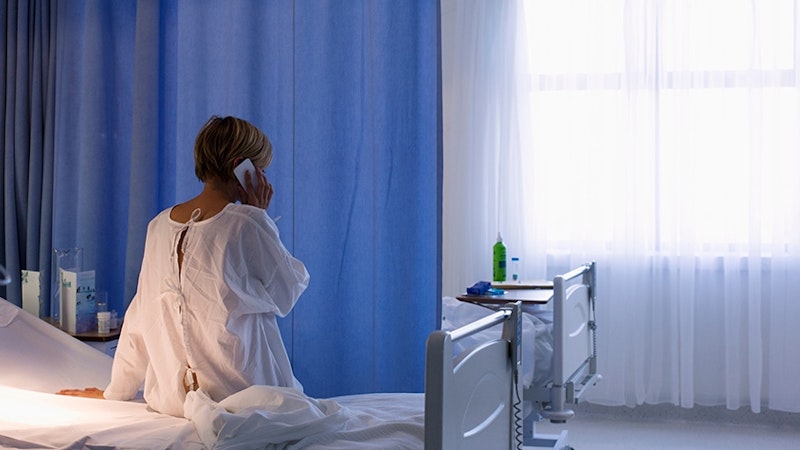
In a recent report published by the Homecare Association, care providers are facing unique circumstances which are making providing essential care more difficult than ever. Providers surveyed have reported an influx of issues with discharges from hospitals and a lack of clear communication when it comes to the needs of patients.
While some are experiencing early discharges that affect patient safety:
“Two-thirds of providers (65%) said that while there were delays in hospital discharge in their area, they had unused capacity.” - Homecare report
Looking at the report, it becomes clear that this is a widespread issue across the UK and a lack of clear communication between healthcare systems as a whole, but why are some patients stuck in hospital while others are being discharged too early, and how do we fix it?
Overstretched healthcare
Since the pandemic, the NHS has struggled to catch up with the backlog of patients. Along with this, several systemic issues contribute to the problematic discharge process such as incomplete documentation, leading to gaps in care, resource shortages and management, poor communication, coordination failures and capacity management.
Despite having available capacity, care providers are finding it difficult to fulfil their rosters or communicate their availability with the NHS, old and outdated systems we currently rely on don’t allow for a clear and simple way to connect care services, which can ultimately lead to a worse patient experience.
“Local authority and NHS commissioners can use technology and data to better understand care providers. Relevant factors include their capacity, location, and CQC rating.” Homecare report suggestion 23
Bridging the gap
While one solution may not fix the entire issue, there are steps the NHS and care providers can take to offer a more solidified service to their clients and patients. Technology can play a pivotal role in streamlining the discharge process and ensuring patient needs are met. Care Coordination and availability platforms can improve communication between hospitals, GP's, homecare providers and clients.
“65% of providers said they had some or significant capacity that wasn’t being used despite there being delays in their area. Only 16% were near or at Capacity.” - Homecare report
Real-time availability access and visibility improve overall communication and cut the time it takes to actively source care. Currently, Pairly is the only platform that provides a complete overview of a care provider's:
real-time capacity
CQC ratings
Location
services offered
While many systems may provide different components, we are focused on providing a complete solution to accessing care. Providers can also use this technology on their website to directly link potential clients with their current capacity through our real-time availability and care request website widget, Pairly Pro.
Meeting in the middle
In order to create better communication for everyone within the healthcare sector, we need to implement systems that allow for insightful and helpful information to be shared. Care providers and local authorities are already using Pairly Pro to bridge the gap we are currently experiencing with proven results:
“The team on average spend 5-20 hours on the phone which around 60% of phone calls aren’t fruitful. The time spent on the phone can be up to 2 hours or include multiple call backs due to individuals being unavailable. By having Pairly in under 3 minutes vacancies can be identified.” - Somerset Care Commisioner
If you would like to learn more about Pairly Pro and how it could work for your company, please contact us at help@pairly.com
